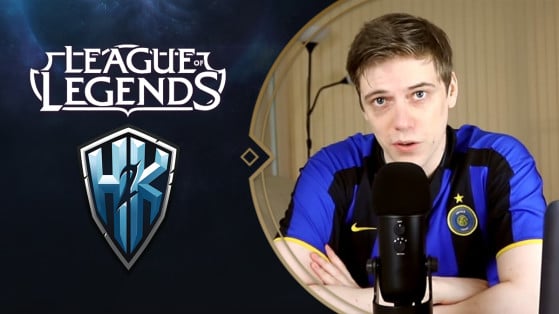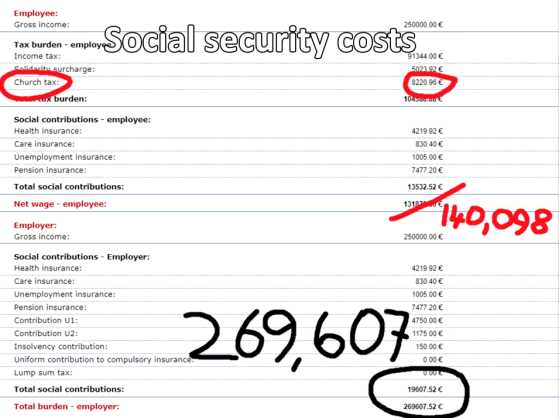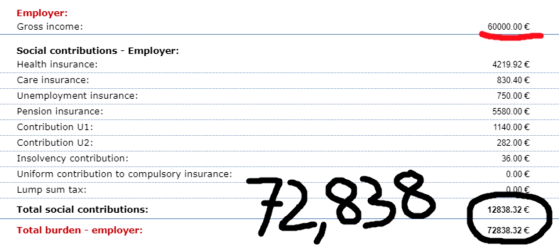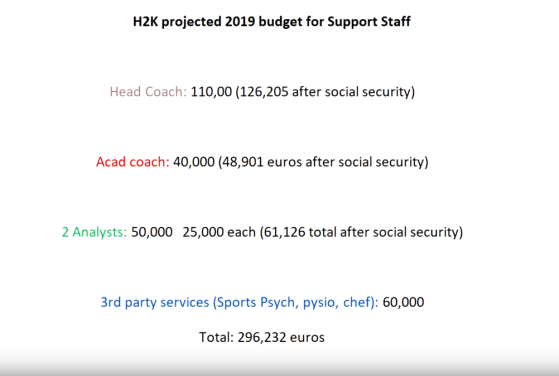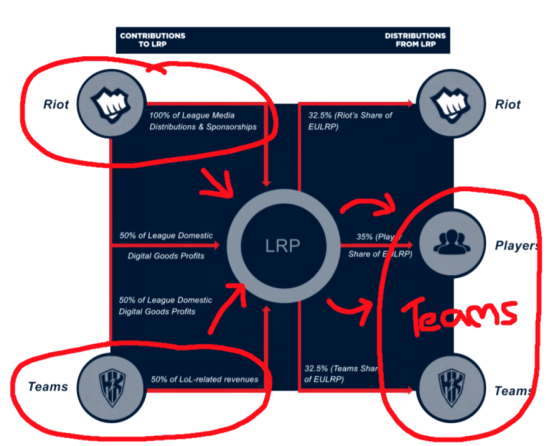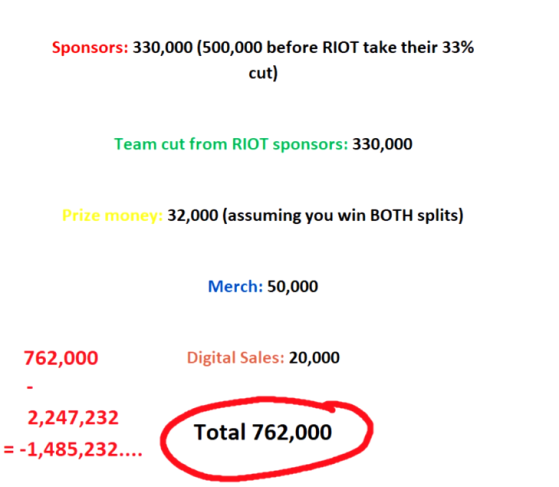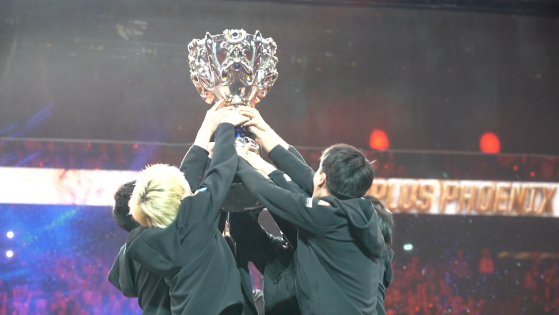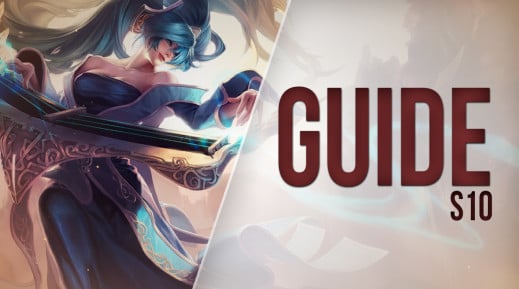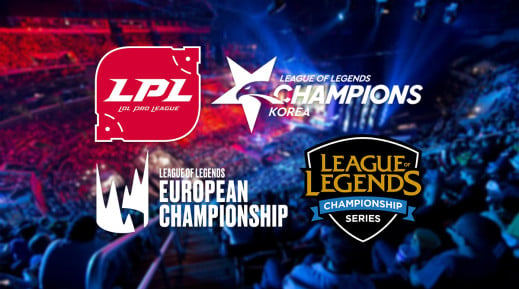Have you already wondered how much a League of Legends pro players was earning? Esports are pretty young and in an opposite way to sports, player incomes aren't made public. This subject seems so touchy that each time we see any amount appearing on social networks or Reddit, the topic immediately becomes a controversy.
However, the founder of the former LEC team H2K — Richard 'Rich' Wells — recently published a YouTube video that had the effect of a bomb within the community of League of Legends. Why? Well, Rich decided to address a simple and nevertheless complex question: how much does it cost to run a League of Legends team?
Player salaries
According to Rich, a titular LEC player earns an average of €250,000 per year, while an academic player earns roughly €60,000. The fact that a rookie player might be paid less than a league veteran doesn't sound absurd at all. Obviously, the Chief Gaming Officer of H2K doesn't give names nor precise numbers, and he explains several times that his generalization is based on the example of H2K.
* The Church Tax isn't mandatory.
To sum it up, on average a League of Legends professional team needs to spend €1,670,000 each year to pay its players. However, that's not all since a team can't avoid the employer expenses that apply to all businesses and companies. As illustrated in the photo below, the net cost of the salaries of a ten-players League of Legends roster comes close to €1,861,000 per year.
Staff
Rich specifies that he's only including the salaries from the people directly working with the League of Legends team — meaning that he excludes the General Manager or the CEO salaries from his calculation.
According to him, the average yearly income for an LEC Head Coach is roughly €110,000. In a fashion way to players, coach salaries hugely vary from a person to another — Rich even declared that some NA coach would earn almost €500,000 per year.
The actual composition of the staff is completely different from a team to another: some of them have chefs, psychologists,... To realize his video, Rich explained that he based his calculation on the expenses H2K estimated when they started their candidature for LEC. In the end, the expenses related to staff salaries would have cost almost €300,000 to H2K.
Legal and Accounting procedures
While some of the biggest organizations actually have their own lawyers, accountants, or legal advisers, most esports organizations that own a LEC team externalize legal and administrative procedures to German companies. Taking his own organization as an example, Rich explains their expense for this was varying between €80,000 and €120,000. He also adds with a hardly concealed smile that "not every team in the LEC historically has been that interested in making sure that business practices are actually legal."
On average, Rich states that legal and accounting procedures cost €30,000 per year.
Gaming House
A Gaming House in Berlin costs roughly €5,000 per month — that is to say €60,000 per year. Some teams also rent flats for their players or places to train but Rich decided to only include the cost of the Gaming House within his calculation because there are too many differences between teams. Rich also excluded daily expenses such as food and trips. He also supposes that all teams are equipped thanks to sponsors.
If you're taking into account all parameters described above, running a LEC team would cost on average €2,247,232 per year. Obviously, this number is based on several estimates, and also reflects the experience of both Rich and H2K.
This total actually matches the statement of Jacob Wolf (ESPN) who recently explained on Twitter that running a LEC team cost between two and four million dollars per year.
How on earth do they manage to finance themselves?
▶ Riot Stipend
During the LCS EU era, Riot was distributing a "Stipend" to all teams that were playing in the tournament. According to Rich, each team received €500,000 in 2018 thanks to this financial help from Riot.
However, with the LCS EU transforming into the LEC, Riot stopped to distribute this "Stipend" and replaced it with a system called "LRP". Before we explain in detail what this system is all about, let's talk about sponsors.
▶ Sponsors
When talking about sponsors, it's almost impossible to determine the income they generate since we can't compare teams. Rich states that he doesn't know the current sponsoring contracts but he estimates that most teams receive around $500,000 per year from sponsors.
Some esports organizations such as Rogue don't even have sponsors. If you look at the image below you'll see that Rogue seems to be sponsored by ReKT Global and Steve Aoki. Actually, ReKT owns Rogue; and Steve Aoki just invested a bunch of money into the organization without being that much involved in actual sponsorship.
It's also important to keep in mind that all LEC teams are multi-gaming organizations — which means they can divide the money they receive from sponsors as they wish.
▶ LRP
The LRP system was introduced to replace "Riot Stipend". In short, it's a communal fund which allows Riot to redistribute earnings related to the league.
What goes into the pot?
- From Riot:
- 100% of League Media Distributions & Sponsorships
- 50% of League Domestic Digital Goods Profits
- From teams:
- 50% of League Domestic Digital Goods Profits
- 50% of LoL-related revenues
Who gets what?
The communal fund is then redistributed between Riot, players, and teams:
- Riot: 32,5%
- Players: 35%
- Teams: 32,5%
According to Rich, Riot Games guarantees that each year at least €5,000,000 will be paid to the LRP fund. However, since they get back 1,7 million (32,5%) of this amount, the teams eventually share €3,300,000 — that is to say, €330,000 per team. This piece of information needs to be treated cautiously because the LEC actually partnered with a lot of different sponsors this year, meaning the amount of money injected by Riot into the LRP fund might drastically change.
If we're taking Rich's word for it, teams are actually getting less money from the LRP than they were previously getting from the Stipend.
There are no rules that determine how an esports structure should spend the money obtained from sponsors. Since most LEC teams actually belong to multi-gaming structures, he explains that an organization can actually allocate the money it gets from sponsors at its discretion. In other words, if a structure received $100,000 from a sponsor, it can easily pretend that only 10% of this amount was injected into the LoL section while actually spending 50%.
▶ Broadcast Deal
There are not broadcast deals within the LEC.
▶ Prize Money
The prize pool allocated to the League of Legends competitive scene is actually quite small. €200,000 are allocated per split, including €80,000 for the team which wins the split. Within the scope of his analysis, Rich decided to assume the best possible outcome — meaning that the fake structure he invents for his case study would have won both splits and thus earned €160,000. However, organizations most of the time only get 20% of this money, meaning that a team winning both splits will actually pocket €32,000.
▶ Merchandising
Except for Fnatic and G2 Esports, few teams actually developed their merchandising. In the end, Rich assumes that a team ears roughly €50,000 a year thanks to it. In the end, this number seems to hugely vary from a structure to another.
▶ Digital Sales
Digital sales correspond to content directly sold in-game, such as Summoner's icon. Rich explains that he at first loved the idea and thought that it would actually bring money to teams. In the end, even when H2k reached the Worlds Semi-Finals, the team only earned €17,000 from digital sales.
Final Calculation
Let's do some maths here!
Assuming that a team would also win Worlds, the organization it belongs to would earn roughly €1,200,000 — which means it would actually lose €1,048,044. Yes, you read it well: nowadays, esports organizations aren't generating money, they're losing it. Rich says that he himself "failed in his time to turn the esports landscape into a financially viable space for team owners."
Esports market is still rising, and it's thus normal to see that organizations don't actually make money out of it. It's nevertheless important to point out that teams also earn money from content creation, special activations, advertisements, and fundraising. There are a lot of other factors that play a pivot role within the finances of an esports organization — for instance, the income and expenses of G2 or Fnatic are probably far different from Excel ones.
The LEC is still in its infancy and the first season is not even completely over with the upcoming World Championship. The ten organizations that make up the league are under a long-term contract with Riot Games and in view of the success of this first year, it is not difficult to imagine that the amount injected by Riot into the LRP will increase from year to year. Exclusive broadcasting contracts with streaming platforms, such as traditional sports, could one day arrive — drastically increasing the amount of money redistributed to structures. The esport is still very young and even if the losses presented by Rich are staggering, there are many other factors to take into account.
Written by Julien 'Imso' Hubert. Translated & edited from French by Thomas 'Calo' Sauzin.
